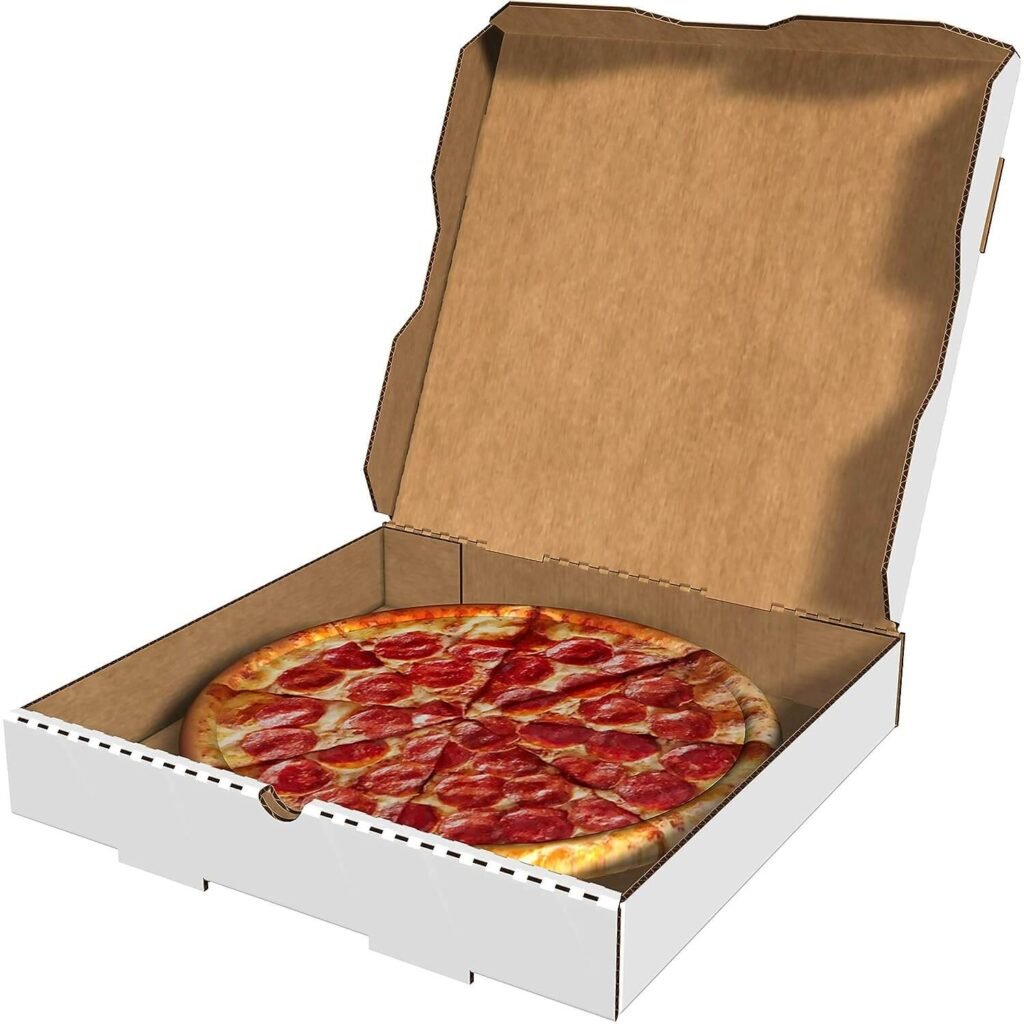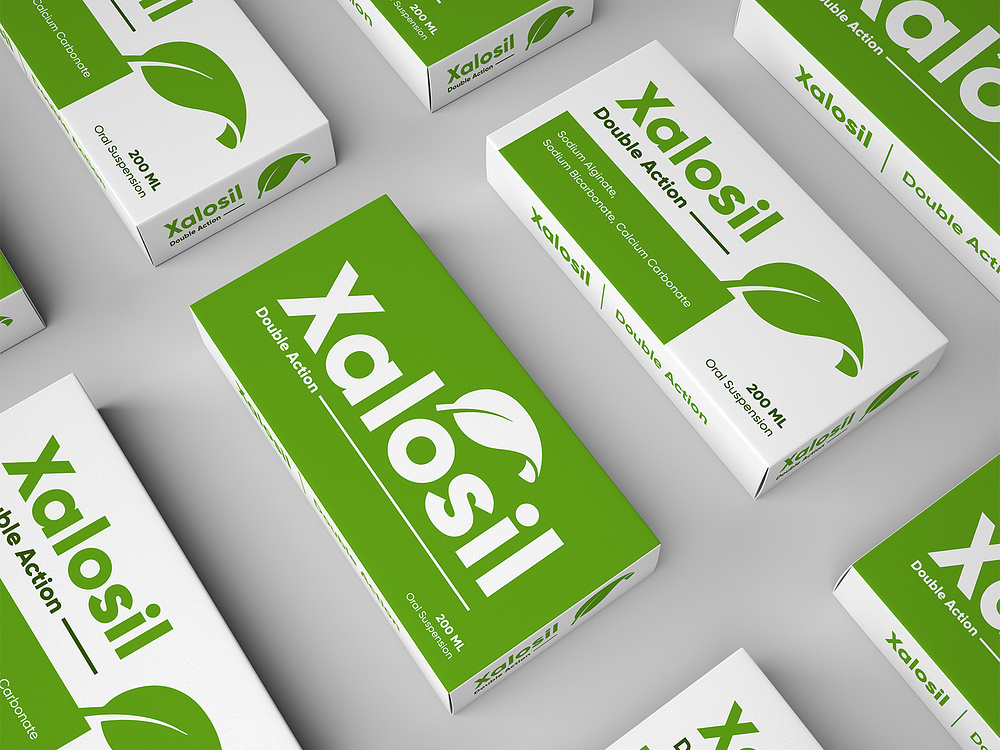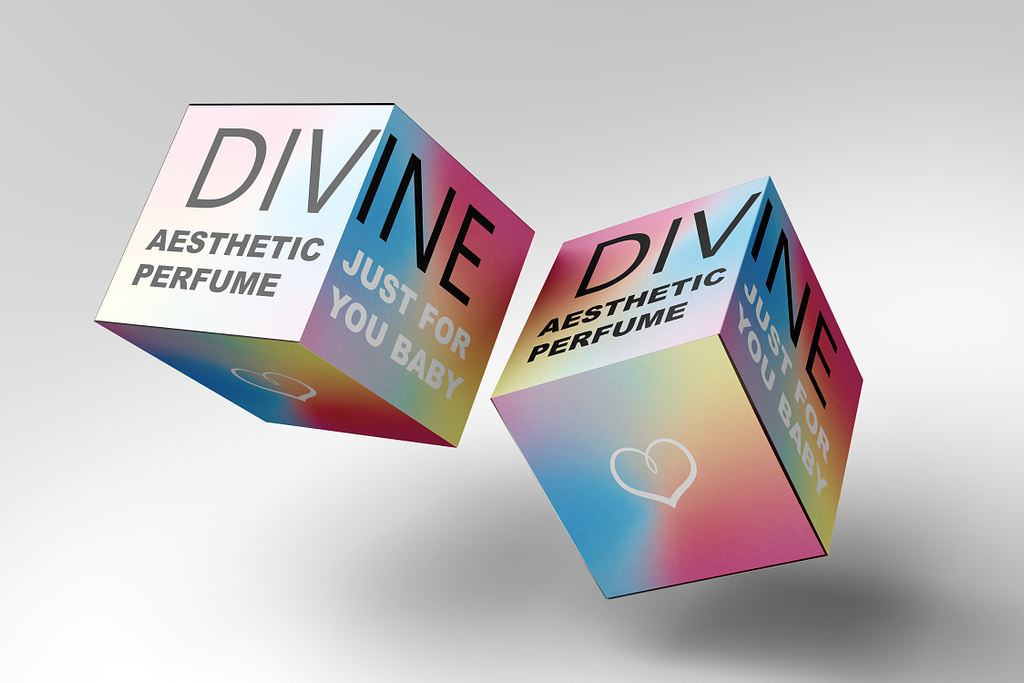Imagine strolling down a vibrant shopping street, captivated by beautiful storefront displays showcasing tempting products through clear windows. Instantly enticed, you step inside to explore further. But did you know this captivating strategy isn’t limited to store displays alone?
Welcome to the world of packaging innovation, where visual appeal plays a pivotal role in capturing consumers’ hearts. Enter the power of window patching, a technique that strategically creates a window on the packaging, offering a tantalizing preview of the hidden treasure inside, even before the box is opened.
Today, join us on a journey through the wonders of window patching, as we explore its magic in custom packaging. From delectable treats peeking out of bakery boxes to carefully curated products vying for attention in storefronts, discover how window patching seamlessly bridges the gap between product and consumer desires.
Delve into the heart of window patching – where aesthetics and functionality unite, transforming ordinary packaging into an enticing storefront that beckons customers and leaves a lasting impression.
Curious about the secrets behind this captivating technique and its impact on modern packaging design? Let’s unravel the art and science of window patching together.
What is Window Patching?
Window patching, a sophisticated printing technique, involves applying a thin plastic film to a strategically die-cut window on any box or packaging. This transparent window offers a tantalizing preview, allowing potential customers to catch a glimpse of the product inside without breaking the seal.
Beyond its functional purpose, window patching amplifies product visibility and consumer appeal. Whether it’s the view of mouthwatering baked goods, delightful toys, or indulgent snacks, window patching draws customers in, sparking curiosity and fostering a deeper connection with the product.
The versatility of window patching knows no bounds. It complements packaging for toys and snacks while extending to a wide array of products across industries. From cosmetics to electronics, window patching elegantly showcases product features, fostering trust in what lies beyond the package.
Moreover, window patching becomes the ultimate gateway for premium and high-end products to flaunt their craftsmanship and sophistication. Elevating the unboxing experience, this technique creates a delightful encounter with the product, leaving a lasting impression on discerning consumers.
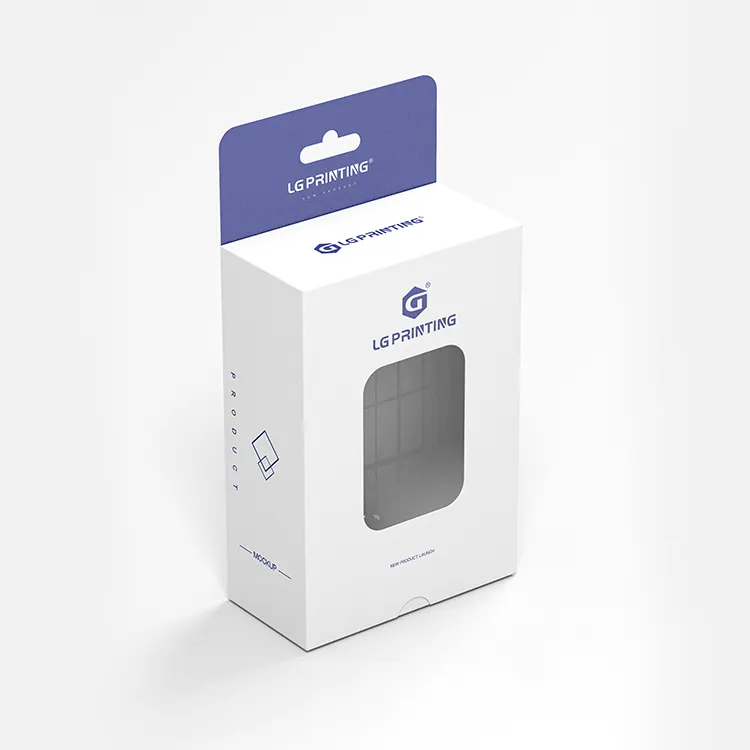
As a powerful marketing tool, window patching instills confidence in potential buyers and empowers them to make informed purchasing decisions. The transparency offered by window patching aligns with the modern consumer’s desire for authenticity and transparency in product offerings.
In the realm of retail packaging, incorporating window box patching is a strategic decision that elevates your product’s perception and sets your brand apart.
PET and PVC: Common Types of Window Patching Films
When it comes to window patching, two plastic films stand out as the most common and versatile choices: polyethylene terephthalate (PET) and polyvinyl chloride (PVC).
PET Film:
PET film is meticulously shaped to fit your packaging style, offering robust protection and making it virtually tamper-proof. This resilience makes it an ideal option for retail and consumer-facing products, particularly in the food industry. While lightweight, it can withstand external pressures, safeguarding the product within.
PVC Film:
PVC film boasts remarkable durability, providing a superior damage-resistant surface that withstands wear and tear. However, exposure to UV rays may cause degradation over time, leading to an unpleasant odor and water ripples within the packaging. Hence, PVC film is not recommended for food or snack packaging but remains a popular choice for electronics, retail, and various other consumer products.
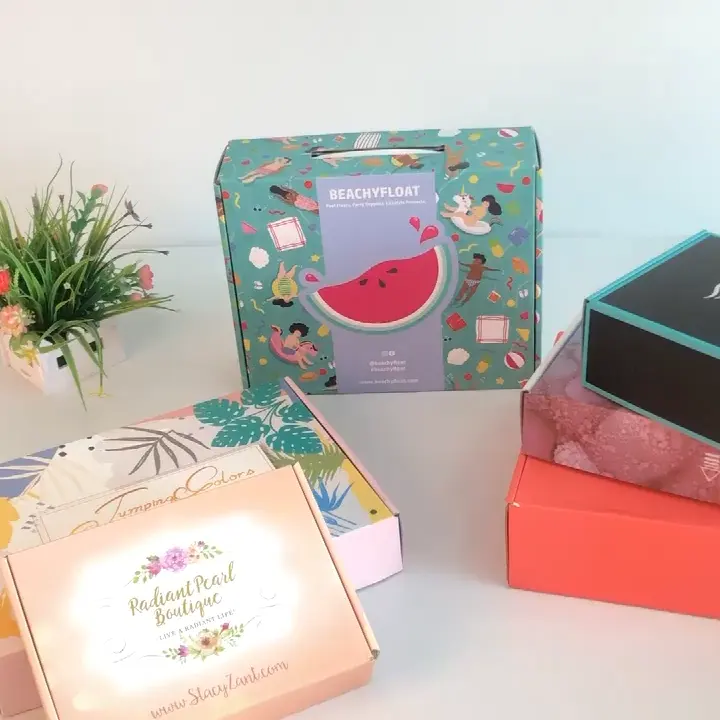
Other Types of Window Patching Films
Beyond PET and PVC films, packaging offers a diverse range of film options to suit specific product needs. These alternative films include:
- Polyolefin: Ideal for boxed goods and shrink film, providing secure packaging during transit and storage.
- Polyethylene: Best suited for frozen foods, maintaining product freshness and preserving taste while withstanding extreme cold temperatures.
- Glassine: Designed for products with high grease content, offering an excellent grease barrier to keep the packaging clean and pristine.
- Polypropylene: A popular choice for candy, snacks, and baked goods packaged in bakery boxes with windows, showcasing the treats while maintaining product integrity.
- Laminated Foil: Perfect for light and air-sensitive food products, acting as a protective barrier, safeguarding the product’s quality and extending shelf life.
Each film type offers unique properties that cater to different packaging requirements, providing options for enhancing both product visibility and preservation. You totally have a chance to get the custom window packaging box you need.
Two Types of Windows: Rigid vs. Flexible Windows
Cellophane window packaging, known as windowing, has become increasingly popular for showcasing products and enhancing the consumer experience. Allowing customers to see the product before unboxing fosters credibility, trust, and an engaging user experience. When opting for cellophane windows, two distinct options arise rigid windows and flexible windows, each with its own set of advantages.
Flexible Windows:
Flexible windows present an affordable and eco-friendly solution for windowing your product packaging. Crafted from polyester film, these windows offer recyclability while maintaining a budget-friendly approach. Their flexibility makes them ideal for packages with curved structures or unconventional shapes. Moreover, flexible windows are approved for food contact, adhering to stringent food safety standards and ensuring the product’s safety and suitability for consumption.
Rigid Windows:
On the other hand, if you seek to imbue your packaging with a sense of luxury and sophistication, rigid windows are the way to go. Made from hard plastic resin, these windows elevate your packaging design and offer possibilities for unique and eye-catching displays. Rigid windows find their place in high-end or luxury products, pharmaceuticals, and cosmetics. Their crystal clarity allows products to shine through, making them perfect for larger packages that require a wide window area. Additionally, rigid windows provide superior strength and protection, ensuring the product remains securely displayed while safeguarded from external elements.
The Window Patching Process
The window patching process, a cornerstone of modern packaging innovation, is brought to life by specialized machines tailored for this precise purpose. These machines, such as those from industry-leading manufacturers like Heiber + Schröder and Kohmann, play a pivotal role in seamlessly applying window patches to your product packaging.
At the heart of the process is a reel containing the selected plastic film, be it PET, PVC, or other suitable options. As your product’s packaging journeys through the window patching machine at impressive speeds, approximately 375 meters per minute, the machine employs electromagnetic energy to introduce the film onto the packaging material.
The magic happens as the plastic film adheres to the packaging material, with many machines offering instantaneous adhesion, eliminating the need for drying time. This swift and efficient process means your package emerges from the window patching machine ready for the world, boasting its captivating window display without delay.
By harnessing the window patching process, you unlock numerous benefits for your packaging design. Not only does it enhance product visibility, drawing consumers in with tantalizing glimpses of what lies within, but it also presents a quick and convenient printing finish. Your package is transformed into a visually appealing storefront that leaves a lasting impression, setting the stage for an unforgettable unboxing experience.
Choosing the Right Film for Window Patching
When your brand embarks on the window patching journey, selecting the appropriate film material is crucial to achieving both visual appeal and functional excellence in your packaging design. Several essential factors should guide your decision, ensuring that the chosen film aligns perfectly with your product’s needs and enhances its overall presentation.
Window Size:
Determining the size of the window on your packaging is a primary consideration that influences the film’s strength requirements. For larger windows, opting for thicker, more robust films is imperative to prevent breakage, scratches, and tears. Conversely, smaller windows may be effectively complemented by thinner films, offering an economical solution without compromising product visibility. Remember to allocate sufficient space in your packaging design for seamless integration of the film.
Product Stability:
Understanding your product’s susceptibility to environmental factors is vital in selecting the appropriate film. Products that are sensitive to heat, humidity, or freezing temperatures demand stable films that can withstand varying conditions without cracking or wrinkling. Assessing the potential impact of environmental elements on your product ensures you choose a film that maintains its integrity throughout production, storage, and shipping.
Shipping:
The shipping process introduces unique challenges for window patching, especially when third-party carriers handle product delivery. Regardless of the film’s strength, ensuring careful handling during shipping is essential. Durable films provide added protection, reducing the risk of torn or damaged packaging upon arrival. This focus on packaging integrity positively influences customer perception and preserves product quality during transit.
Product Type:
Consider the type of product you are packaging and its specific requirements. Luxury items such as pharmaceuticals and cosmetics benefit from films with higher stiffness and sturdiness levels, offering enhanced protection and impeccable clarity to showcase the product. On the other hand, products exposed to elements like moisture or freezing temperatures require stable packaging films capable of withstanding these conditions.
By carefully weighing these factors, you can confidently choose the ideal film material for your window patching needs. Collaborating with packaging experts ensures seamless integration of the film, creating a visually appealing and functionally reliable packaging solution that leaves a lasting impression on consumers.
Curious to Know More About the Window Patching Process?
Feeling overwhelmed with all the window patching choices for your packaging? Don’t worry! At Fuyo Packaging, we understand the struggle and are here to help you make a confident decision.
Unlock the beauty and style of your product with our custom window patching options. Whether you need a large, clear window to show off your product’s allure or prefer an eco-friendly solution, we’ve got you covered. Our versatile window patching will make your packaging stand out on the shelves!
Not sure about your packaging design? No problem! Our talented artists are ready to take your ideas and turn them into breathtaking design that perfectly matches your product.
So why stress over packaging decisions? Let’s team up and create a seamless experience for you. Just share your product details and packaging vision, and our experts will tailor a solution just for you.
And the best part? It’s easy to get started! Request a free, no-obligation quote today. Discover how our expertise and innovative approach can elevate your product’s packaging and make it a standout success in the market.



